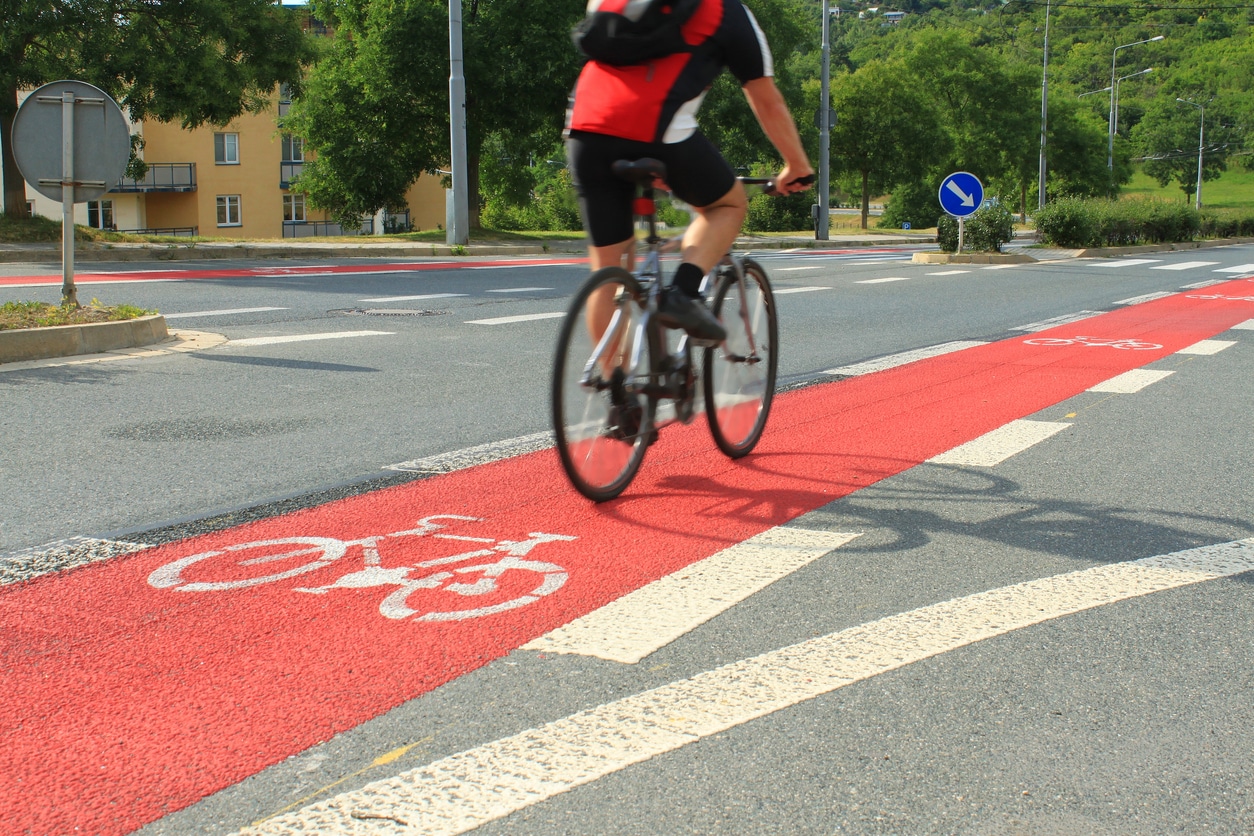Electric scooters (e-scooters) and electric bikes have surged in popularity. These devices use an electric motor to propel the vehicle forward. Some use the electric motor at all times. Others use the electric motor on demand for climbing hills or to reach street speeds.
An e-scooter has fewer than four wheels and no seat. Instead, you stand on a platform. These devices typically do not have a steering yoke. You steer by leaning from side to side.
Here is some information about how you can ride e-scooters as you travel around your local area.
Laws About e-Scooters
Most states classify e-scooters as vehicles. California defines vehicles to include all means of transportation except those that exclusively use human power or ride on rails. Thus, in California, “vehicles” exclude regular bicycles and scooters but include e-bikes and e-scooters.
New York, by contrast, does not define “vehicle.” Instead, New York defines “motor vehicles” to include all vehicles except electric wheelchairs, e-bikes, e-scooters, and human-powered devices.
In New York, bicycles, scooters, e-bikes, and e-scooters all get grouped as non-motor vehicles.
This creates an important distinction about where e-scooters should ride. In New York, e-scooters can go wherever bicycles can. In California, e-scooters and e-bikes travel with motorized vehicles. But California law leaves open the question of whether e-scooters can also go where bikes and scooters ride.
How States Distinguish Among Different Vehicle Classes
These differences might seem odd. States could just pass laws that tell e-scooters where they can and cannot ride. But keep in mind that there is no standard definition for an e-scooter. States need to distinguish between e-scooters and other vehicles that should be subject to different regulations.
States do not want to write a law that allows, for example, motorcycles and motor scooters to ride in the bike lanes. Similarly, states do not want electric cars to use bike lanes.
States use a few characteristics to distinguish e-scooters from other types of vehicles, including:
- e-scooters do not have a seat, unlike motorcycles and motor scooters
- e-scooters have an electric motor, rather than a combustion engine
- e-scooters usually have three or fewer wheels, unlike electric cars
- e-scooters typically have a top speed of 35 miles per hour or less
Using these characteristics, governments can set rules for e-scooters without inadvertently including other vehicles.
Can e-Scooters Ride in Bike Lanes?
States do not have a universal rule about whether e-scooters can ride in bike lanes or not. States have contradictory laws so what you can and cannot do will change as you travel across the U.S.
Two states, Delaware and Pennsylvania, do not allow e-scooters on roads. In these states, you cannot ride your e-scooter in an on-road bike lane.
In eleven states, you cannot ride your e-scooter on sidewalks. In these states, you must ride your e-scooter on the road. Typically, this means you must stay to the far right of the road or ride in the bike lane.
These states include:
- California
- Connecticut
- Kansas
- Montana
- Nebraska
- New York
- North Dakota
- Oklahoma
- Tennessee
- Vermont
- Washington
In the remaining states, you must look at the specific laws that apply to e-scooters. These laws often tell you the streets and bike lanes where you can or cannot ride your e-scooter.
For example, in Michigan, you cannot ride your e-scooter on roads with a speed limit higher than 25 miles per hour. In Oklahoma, you can ride on roads with a speed limit of up to 35 miles per hour.
In these states, the legality of using the bike lane will depend on the speed limit of the road. Oklahoma allows you to use the bike lane, but only if the speed limit on the road is 35 miles per hour or less.
When to Use the Bike Lane for Your Electric Scooter
You should always check your state’s laws before using an e-scooter. These laws will tell you whether you should ride on the sidewalk, road, or bike lane.
For more information, see our benchmarking report and more information on past benchmarking reports.






Leave A Comment